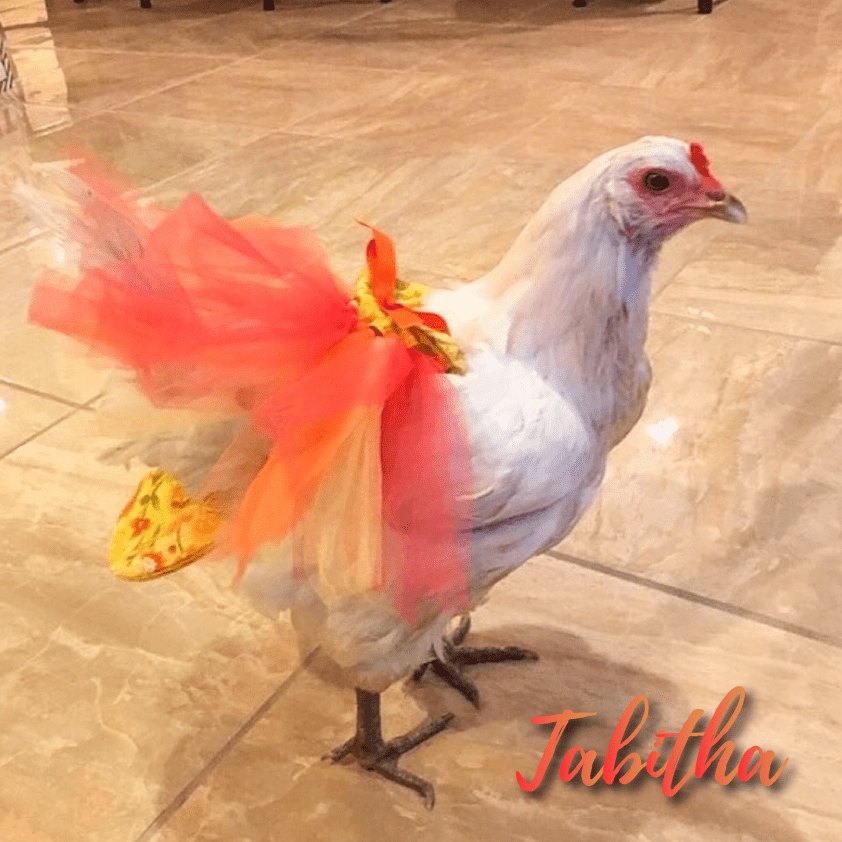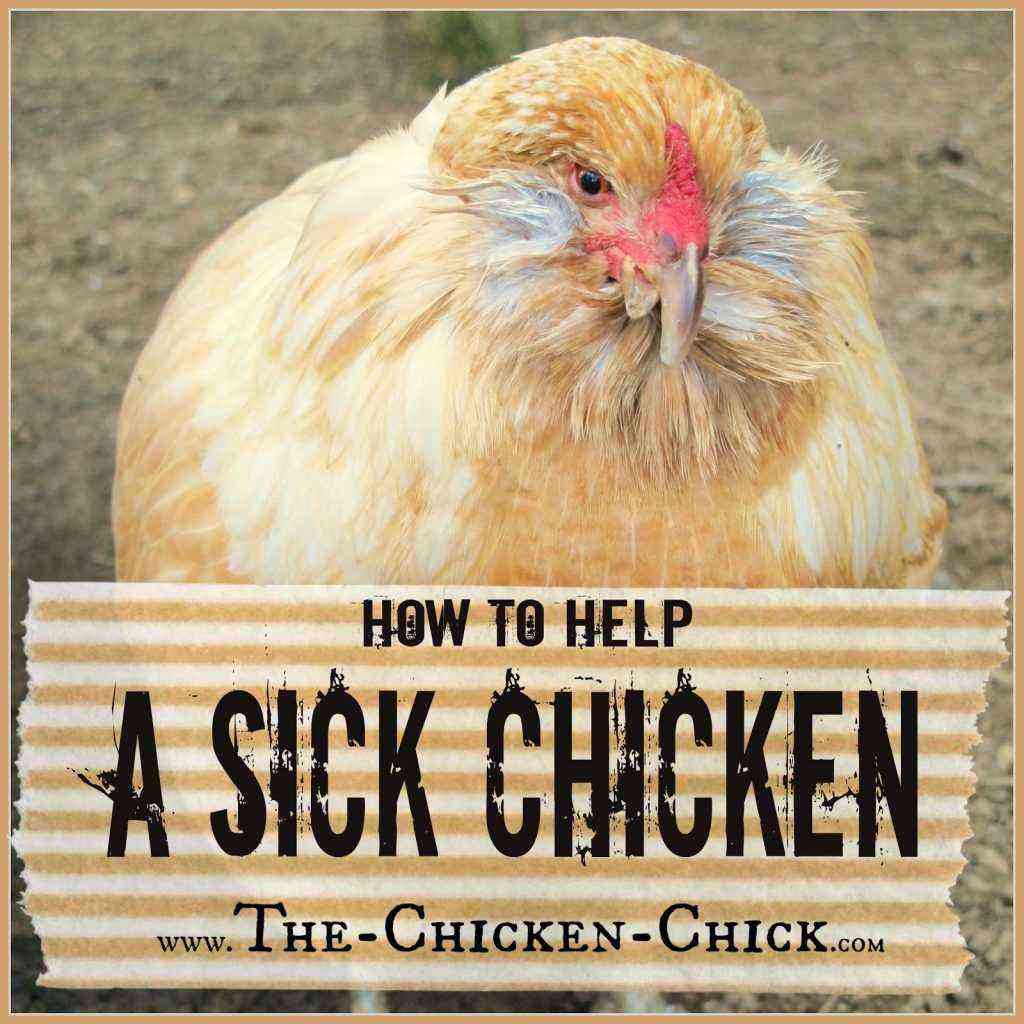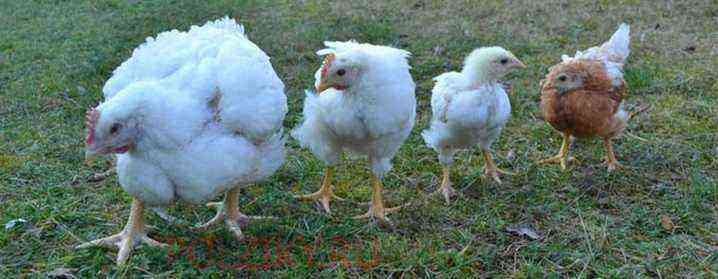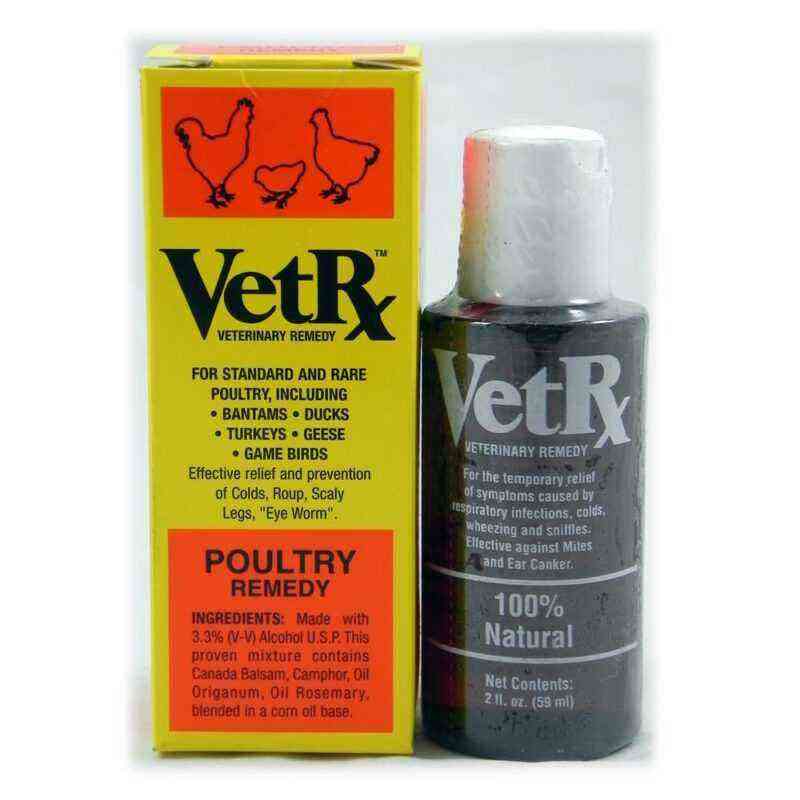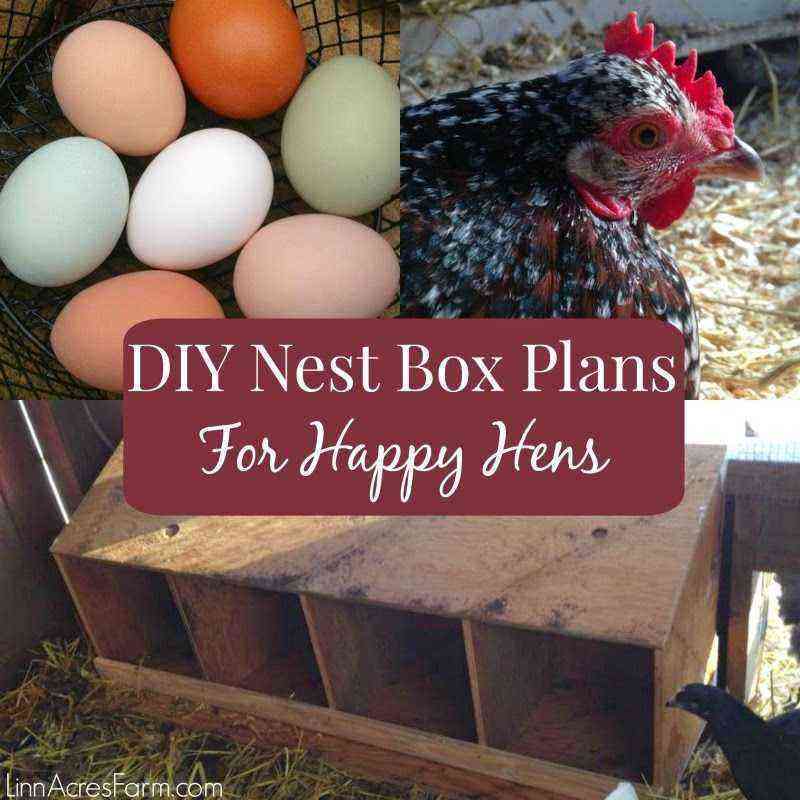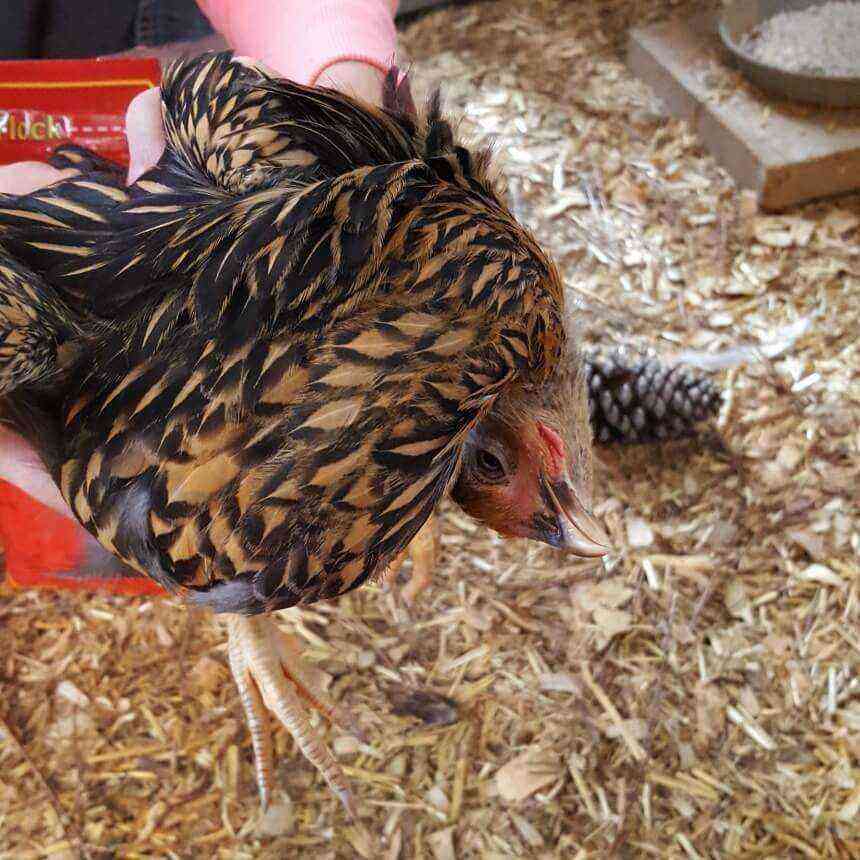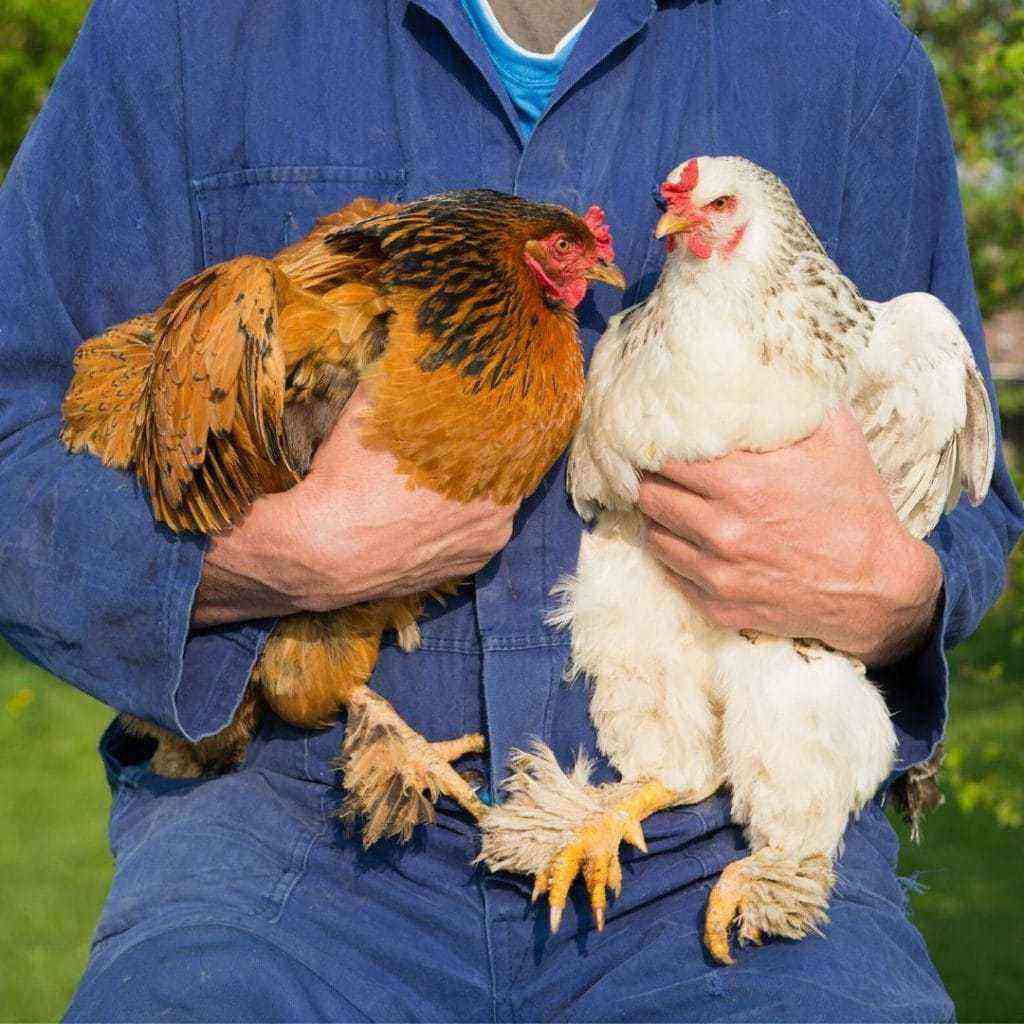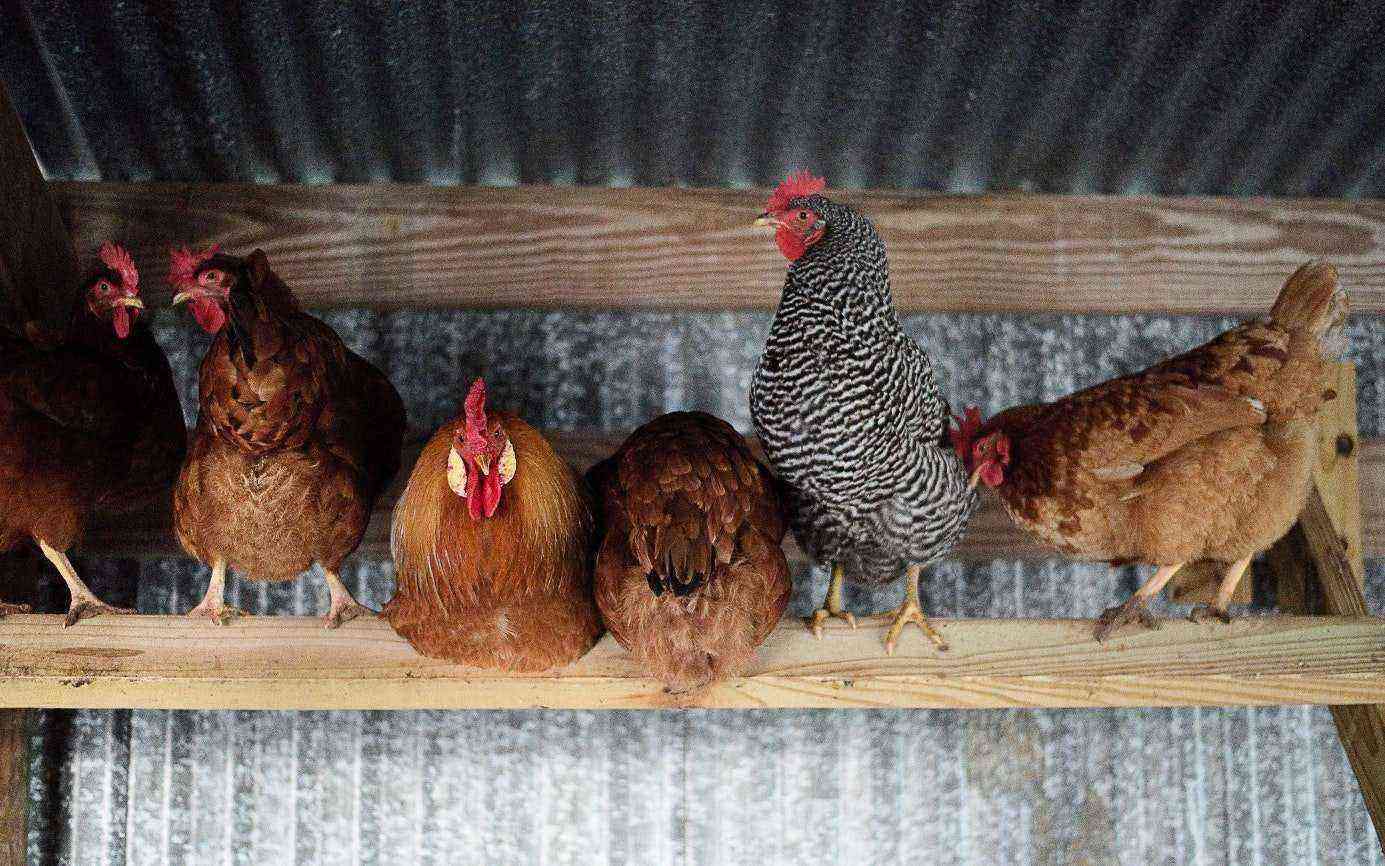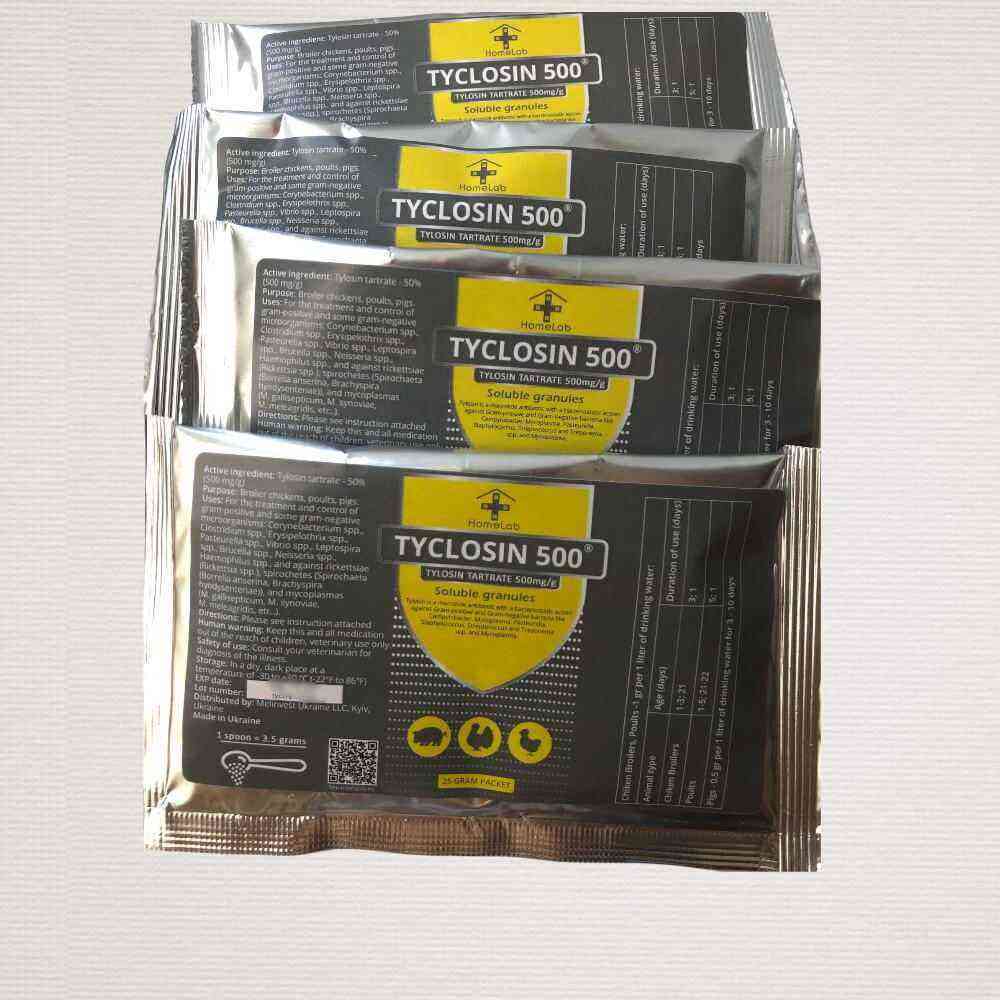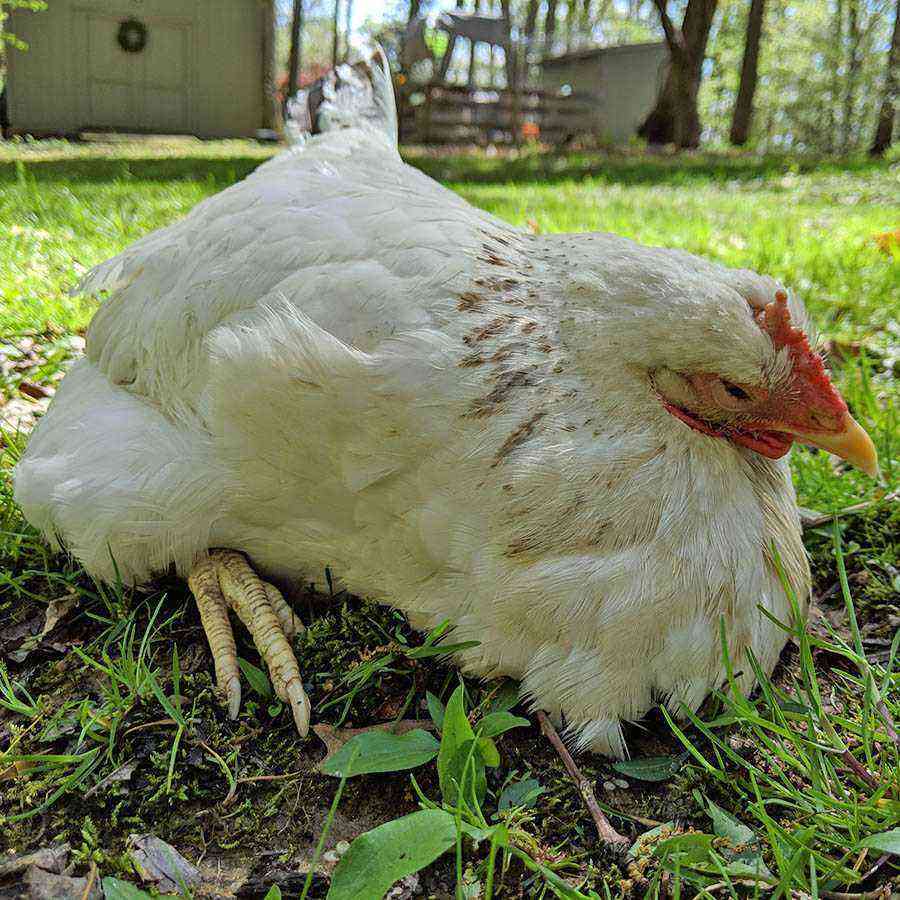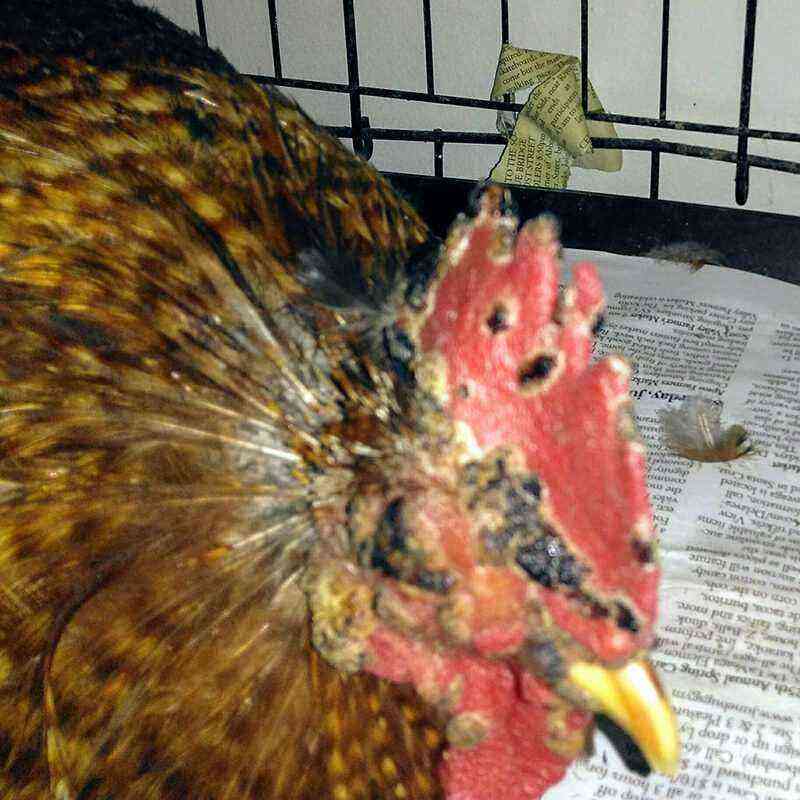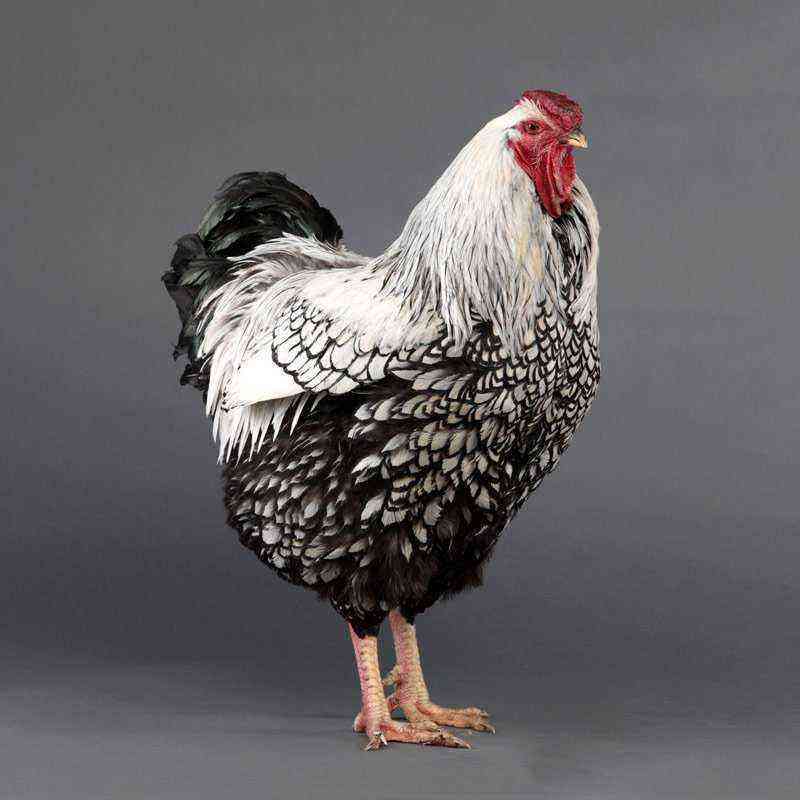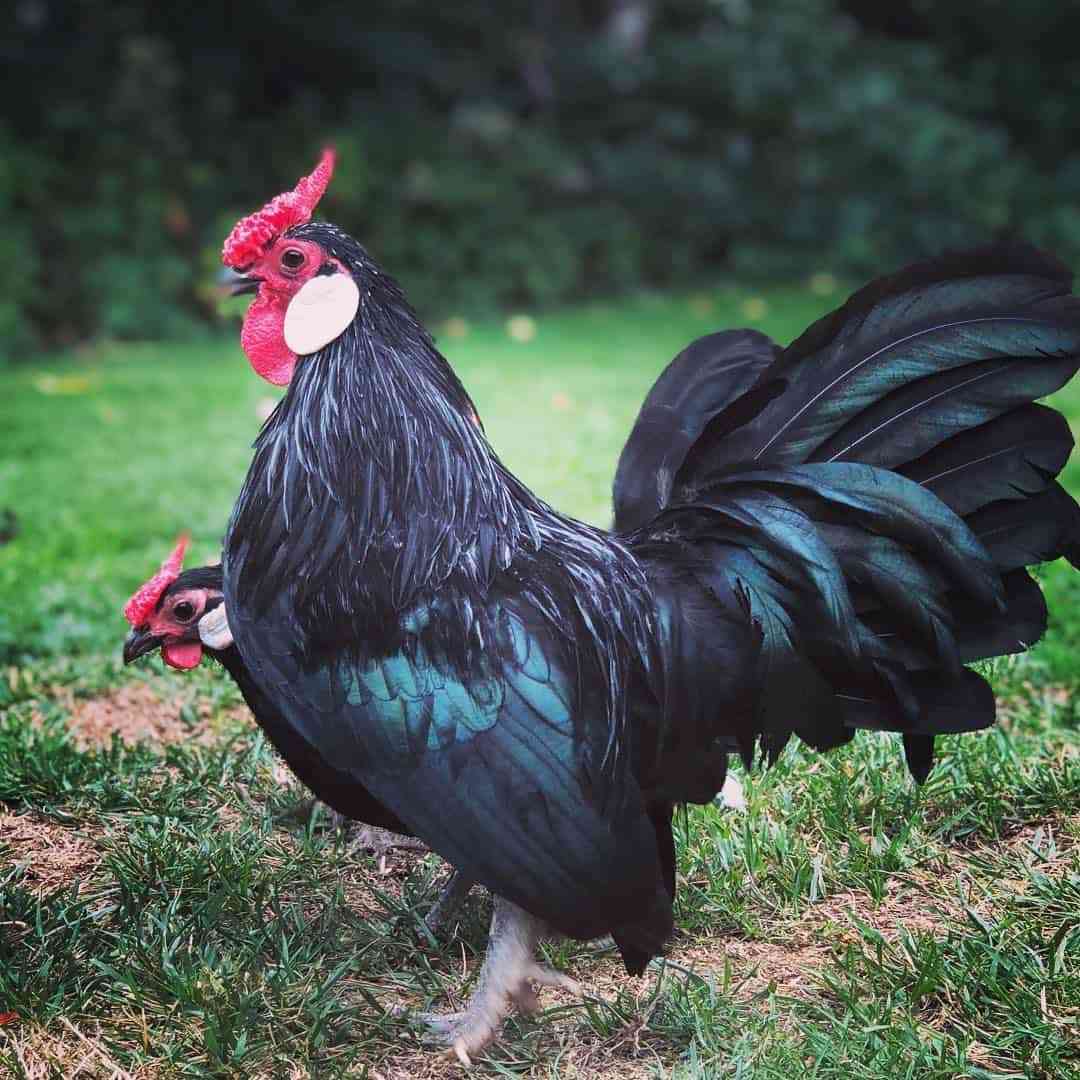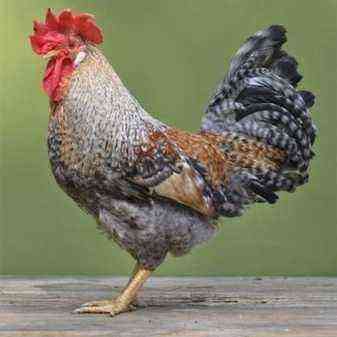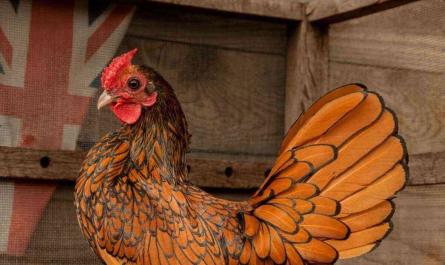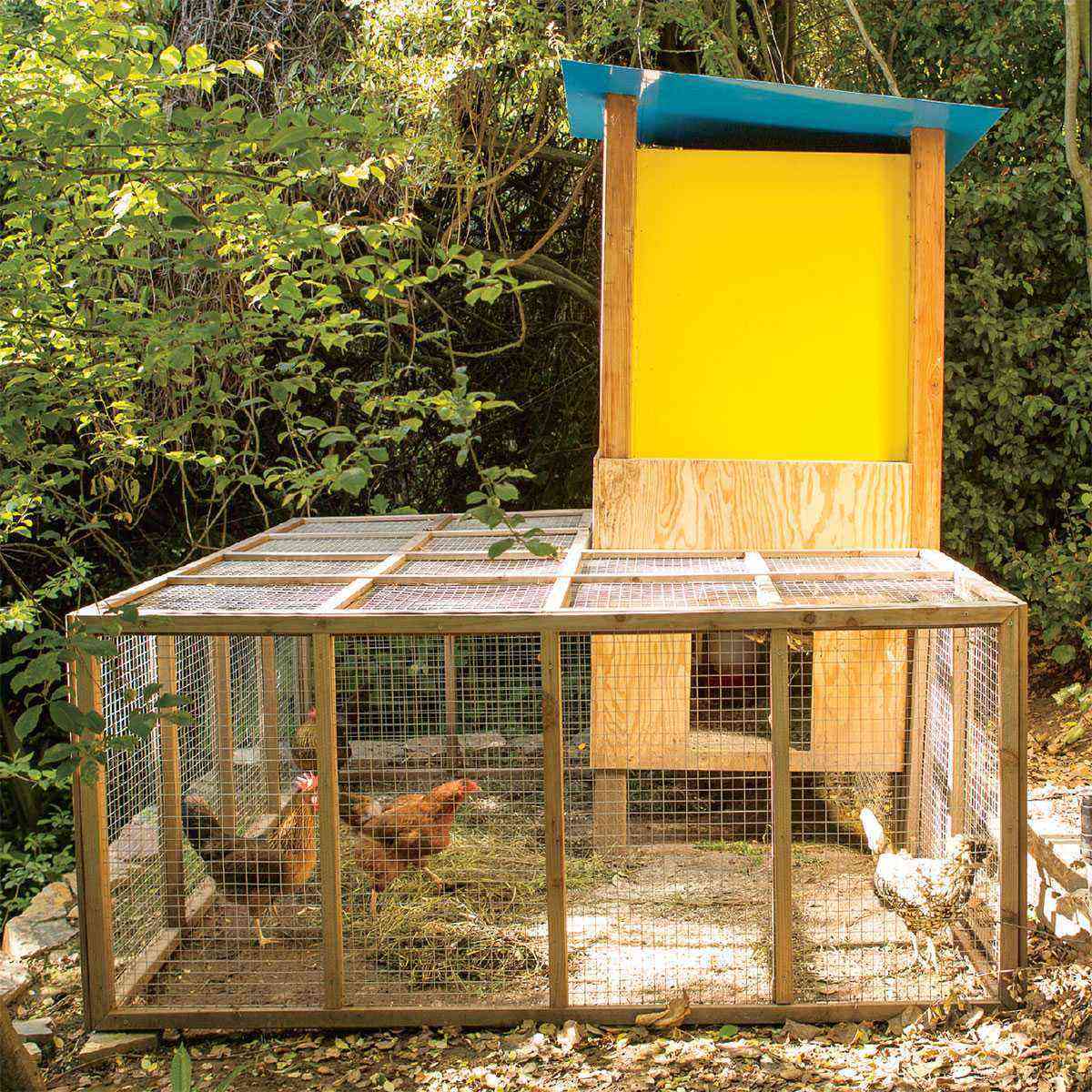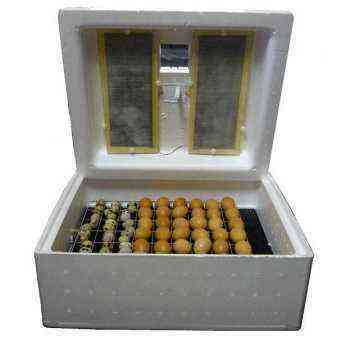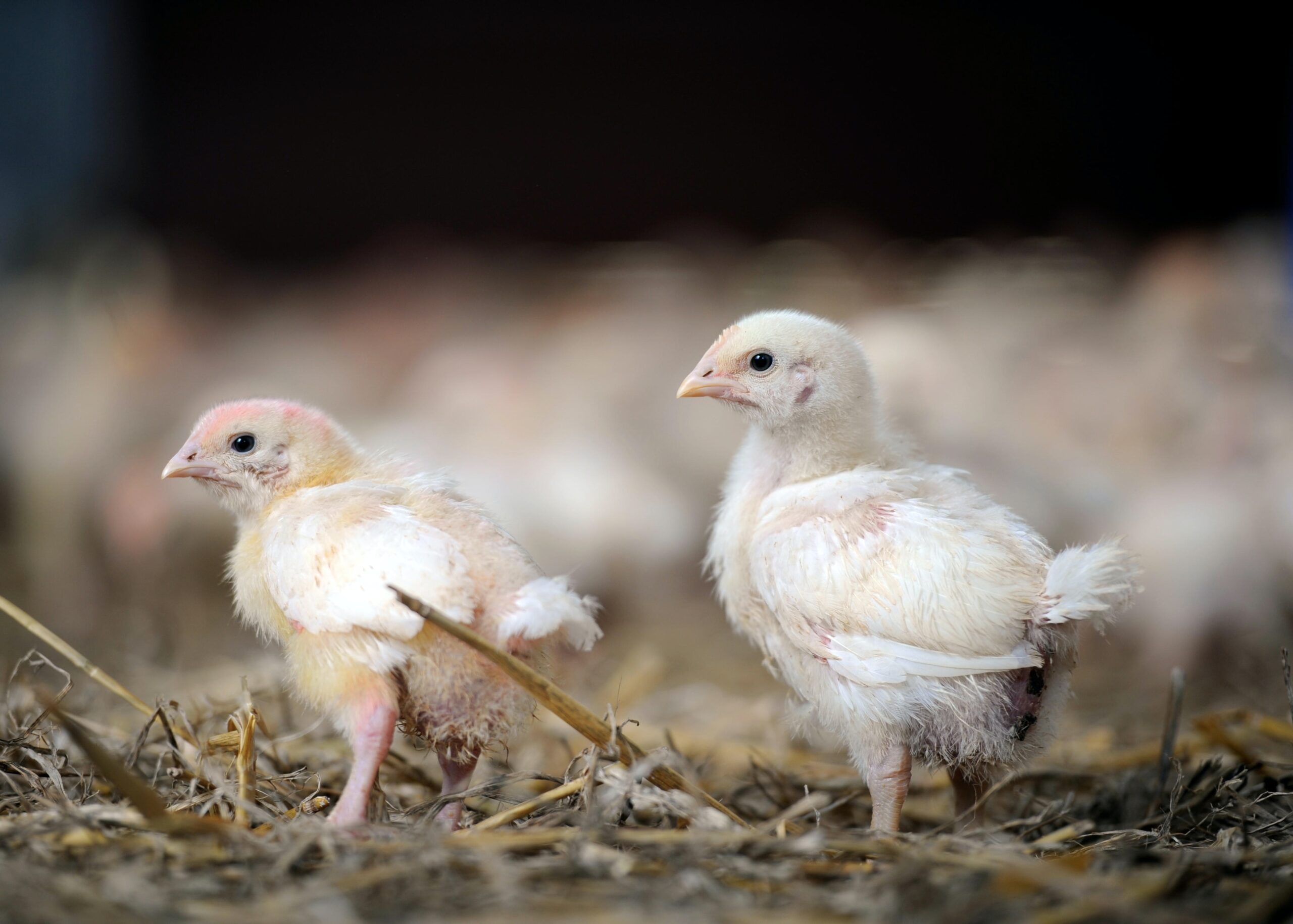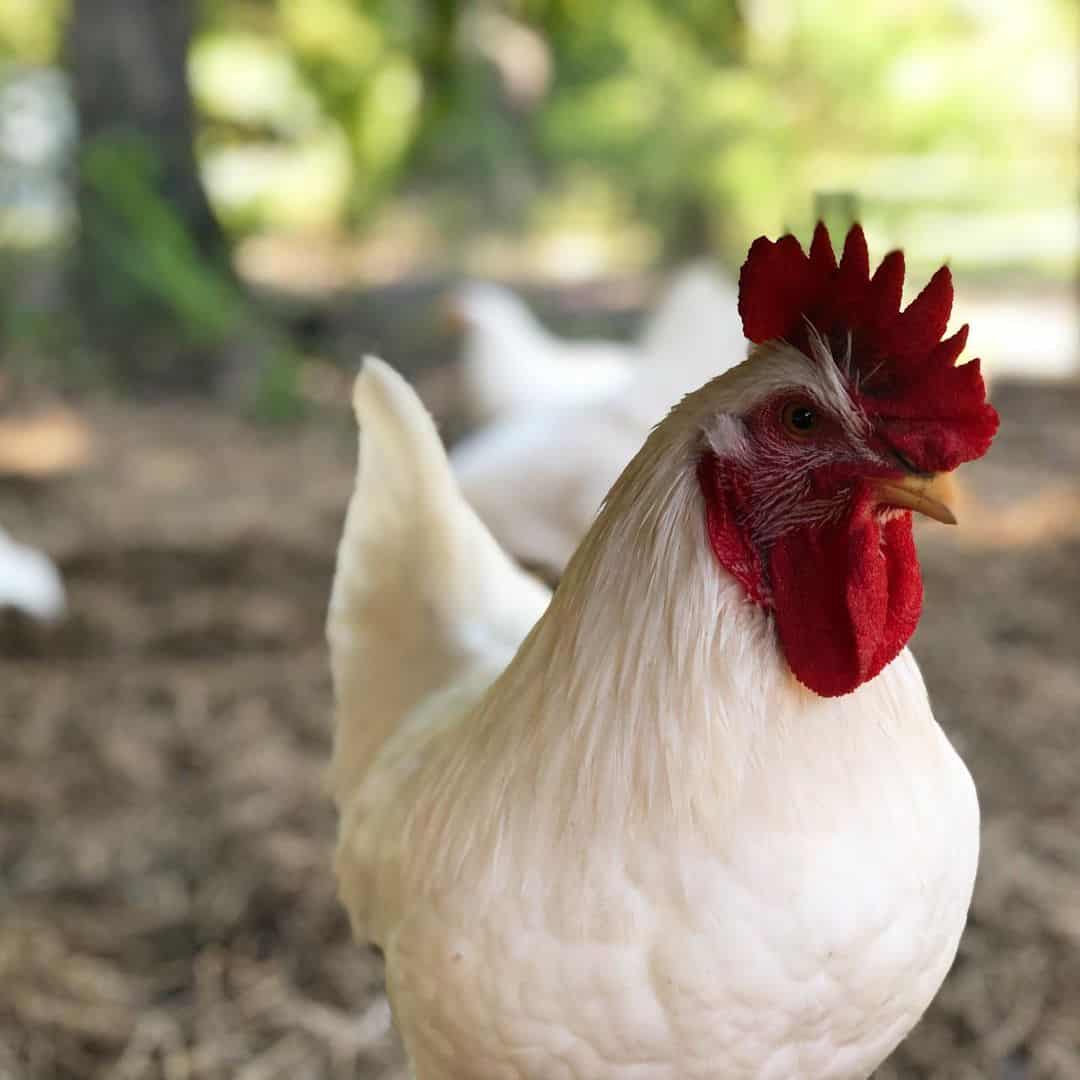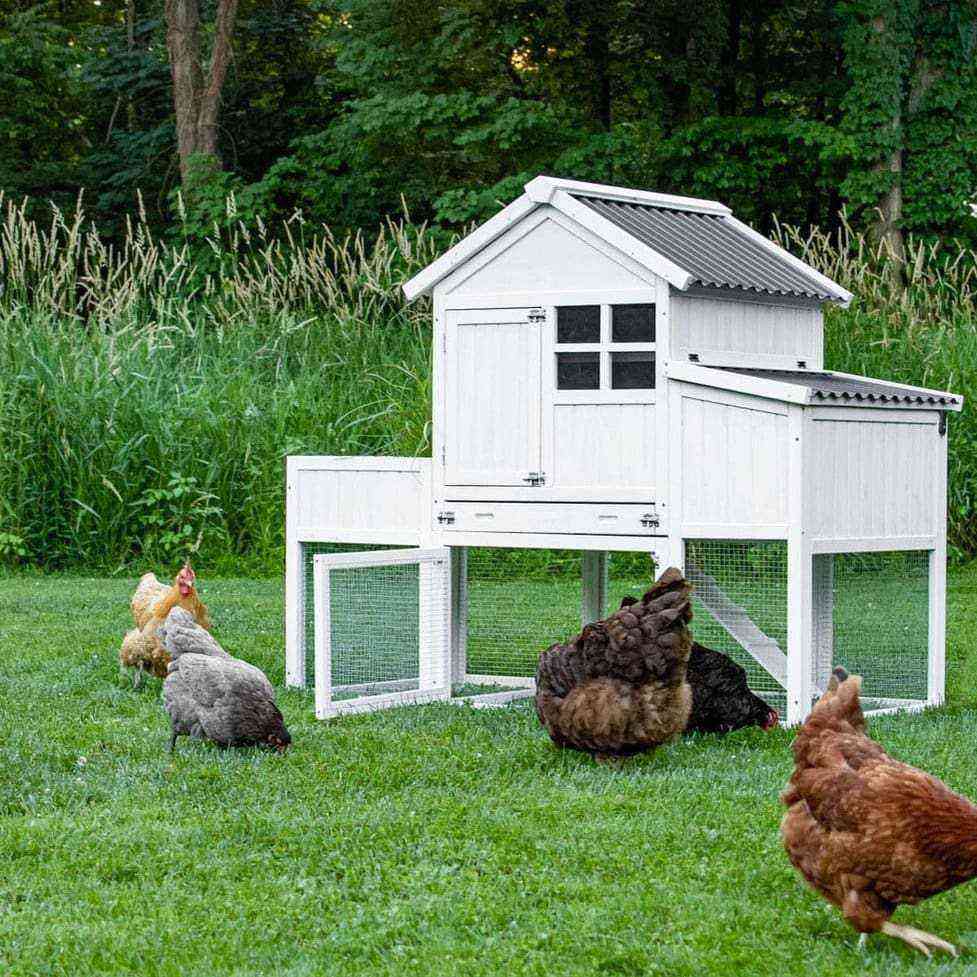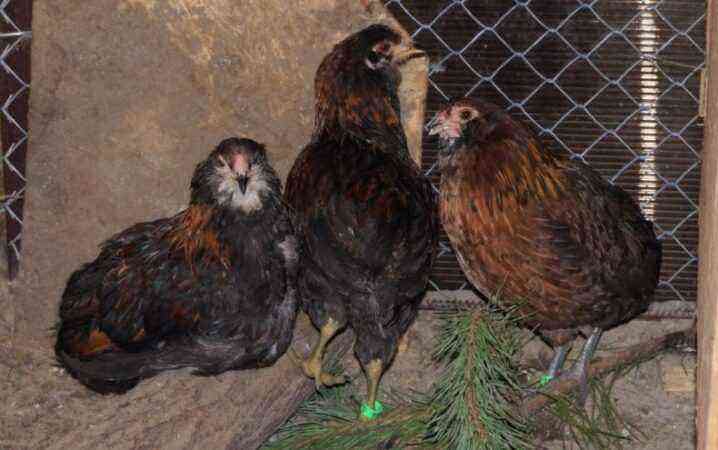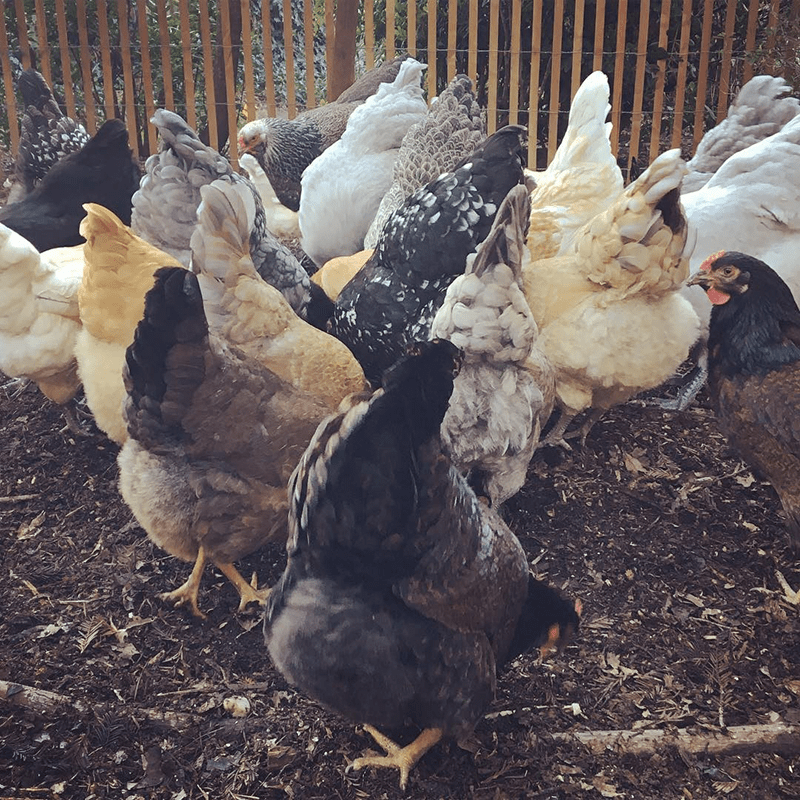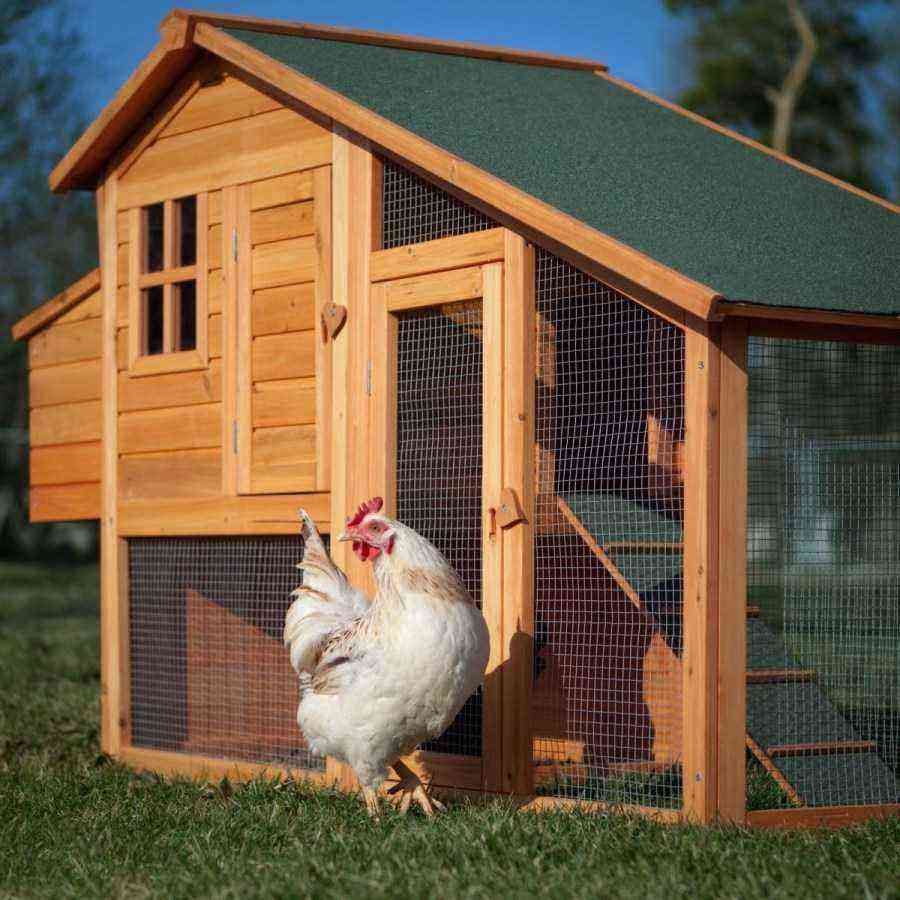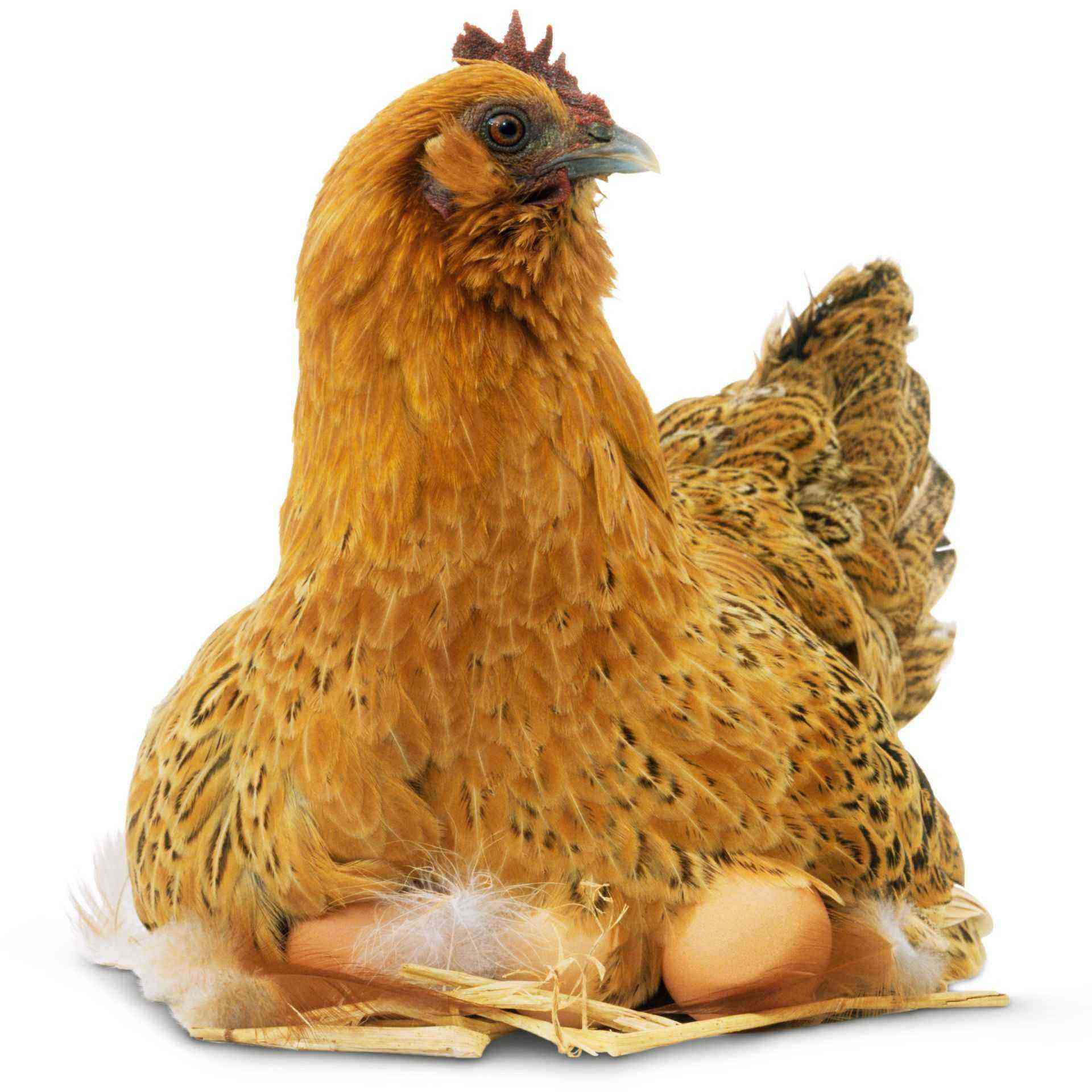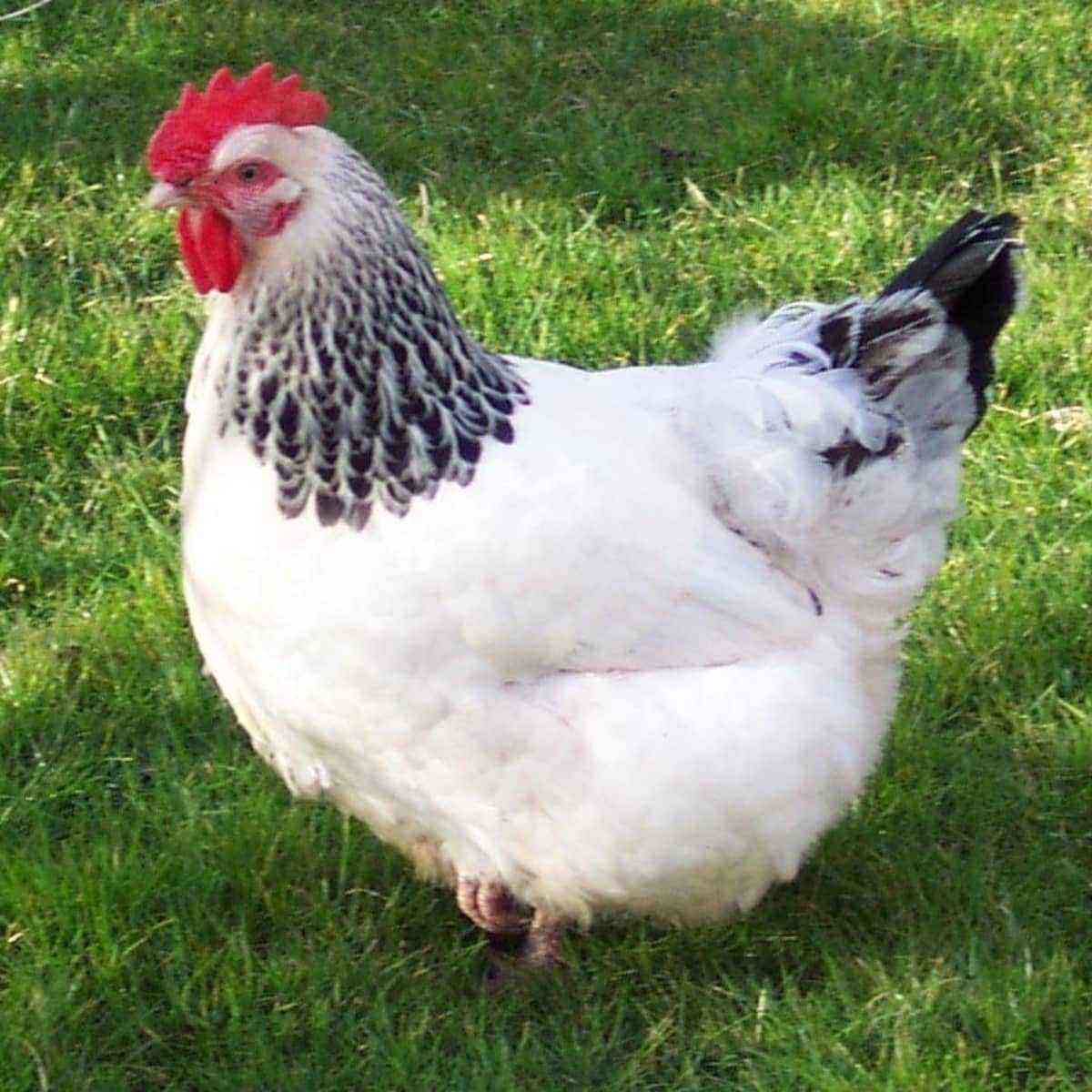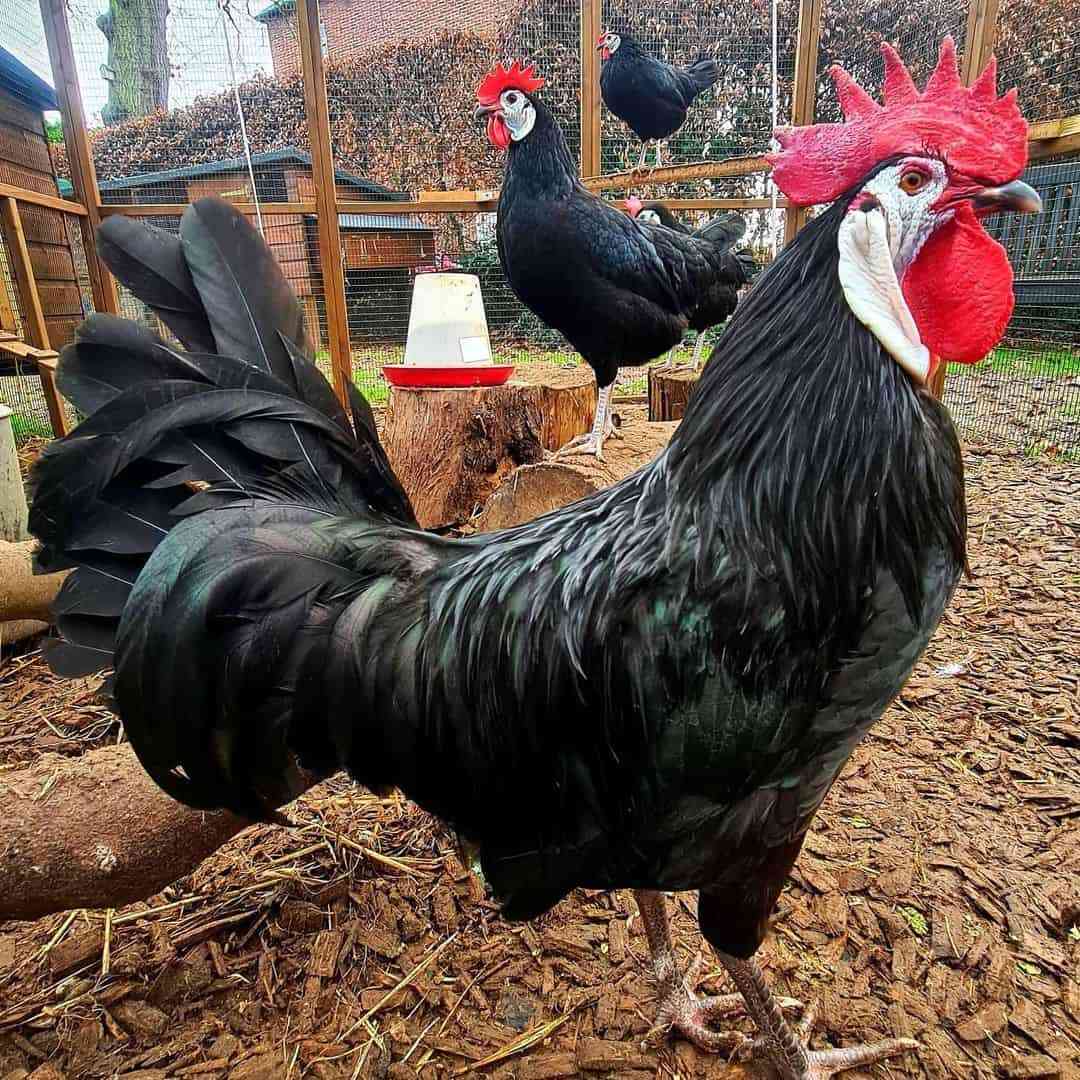The birthplace of the Mechelen Malin chicken breed is Belgium. The breed got its name because of the city in which it was bred. Over the years, the city had different names, therefore, in addition to this name, this bird is also called the Mechelin cuckoo, Mecheln, and in pre-revolutionary times, feathered pets were called Kuku de Malin.
For their breeding, Brahma chickens, Shanghai and Flanders cuckoo chickens were crossed. As a result, the Belgians were able to create a new breed characterized by high meat productivity.
The breed of chickens Mechelen cuckoo Malin is large in size. Adult laying hens are able to gain up to four kilograms of live weight, and roosters reach a weight of five kilograms. The average annual egg production of these chickens is about 160 eggs. Even in the cold season, with proper, good, full-fledged feeding, egg laying does not decrease in laying hens. Eggs weigh up to 65 grams. Puberty in a bird occurs at the age of six months.
The main disadvantages that distinguish the Malin cuckoo chicken breed are pickiness in the feed, as well as an irrepressible appetite. Although, it is thanks to the absorption of a large amount of food that feathered pets quickly gain weight and grow. The maternal instinct in these birds is not very well developed, so professional poultry farmers recommend hatching chicks in incubators. The safety of the young is quite high, the chickens grow well and quickly, rarely get sick and are distinguished by precocity.
The advantages of Mechelen chickens include the excellent taste of meat, stable, albeit not very high, egg production, as well as quick adaptation to any conditions of detention, unpretentiousness in the climatic conditions of the regions in which they are bred.
The breed of chickens Mechelen cuckoo Malin got its name not only because of the name of the city in which it was bred, but also because of the color of the plumage, like that of a cuckoo. Already at the age of one day, chickens can be determined by gender. Cockerels have a bright spot on their backs, while hens have it on their heads.
These feathered pets need to be kept in spacious rooms, as they themselves are very large individuals. As a rule, poultry farmers use a floor system, these birds are placed less often in cages. As a bedding material, there are no restrictions. It can be chopped straw, dry leaves from trees, sawdust and much more.
Thanks to lush plumage and good immunity, the Mechelen Malin chicken breed perfectly tolerates cold and severe frosts. The bird feels great in chicken coops with a temperature of 12 to 16 degrees. These are calm, active feathered pets, absolutely not aggressive. They practically do not fly, therefore, releasing them for walking, there is no need to worry that they will fly away.

